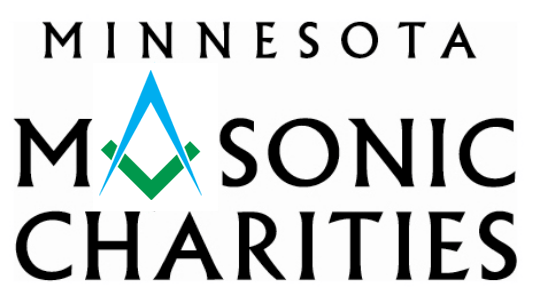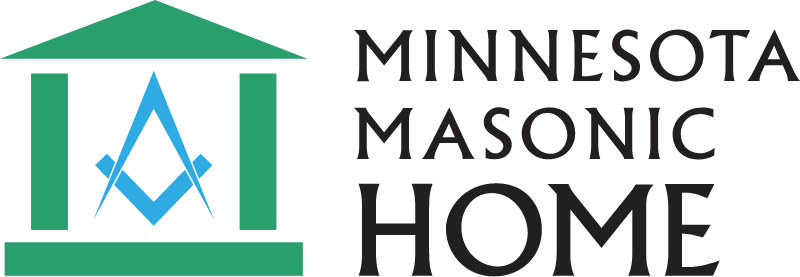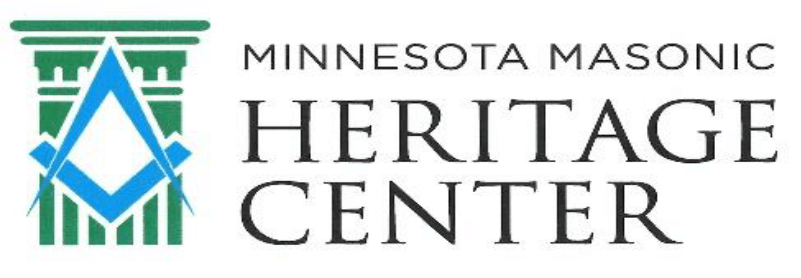Look, a duck!
There are so many ducks this time of year. Go on a walk, talk about the ducks you see, and work on your child’s language skills all at the same time!
Whatever it is your child can work on, it can all be targeted with ducks! Choose the expressive language skill that is appropriate for your child and read on for specific ideas below.
2-word phrases
Is your child 18-24 months old? Or is he older than that but not yet combining two words? Try some of these techniques when talking about ducks.
- Try describing the ducks you see. Modeling 2-word phrases for your child is a great starting point. He might even imitate your phrase for himself! Try big duck, brown duck, loud duck, daddy duck, baby duck, fast duck… any descriptive words! Modeling these 2-word phrases will be greatly beneficial for your child’s language abilities.
- Work on greetings with the ducks: Hi duck, bye duck
- Work on yes/no: Point to different animals you see, such as birds, fish, and ducks. Label each with a no duck or yes duck.
3-word phrases
Is your child currently using 2-word phrases? Try some of these to increase his expressive language even further.
- Expand on your child’s 2-word utterances by adding one more word to his phrase. If your child says “big duck”, you can answer “big, brown duck”. If your child says, “baby duck”, you can answer “little, baby duck”.
- Play my favorite “Where is it?” game. This is a great game for younger children who are not using 3-word phrases, who do not understand “where” questions, and for children who are working on answering “where” questions with spatial concepts (such as on, under, behind, next to). Walk around your neighborhood and ask “where are you, duck?” in a sing song, exaggerated voice. If you see a duck, you can model I see duck! or say where the animal is: in the water, behind the tree, in the grass.
Comparatives/ Basic Concepts
Is your child working on comparing things or understanding/using basic concepts (such as hot/cold, wet/dry, big/small)? Try some of these to increase his language skills.
- Do you see a duck pair? Compare them. Mama duck is brown; daddy duck is green. Mama duck is swimming; daddy duck is sitting.
- Many kids might incorrectly label the geese we see this time of year as ducks. Use descriptive words to differentiate and to teach new vocabulary: big goose; small duck. Loud goose; quiet duck.
Action words
Is your child working on labeling actions? Try these to increase his expressive language skills.
- Can you describe what each duck is doing? Model short sentences for your child that include action words: Duck is swimming/eating/flying/sitting/diving/quacking.
- After each sentence you model, have you and your child act out the verb to see if they can do it, too! Can you pretend to fly/dive/quack/swim/eat?
New Vocabulary
Use this opportunity to teach your child new vocabulary.
- Model the body parts you see on the duck: eyes, nose, feet, head, tail, wings. Can you child also find some of these body parts on himself or on you?
- Talk about the more advanced words to label on a duck. Can you child find its bill, or its webbed feet? Why do you think the duck has these?
- For more advanced discussions on a duck’s body parts, talk about why you don’t see ears or a nose like ours. Does your child think even if we can’t see the ears/nose that the duck can hear/smell? How do we know?
Sorina Larson, MS, CCC-SLP





